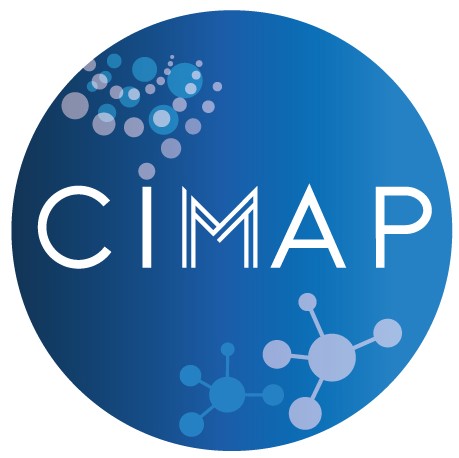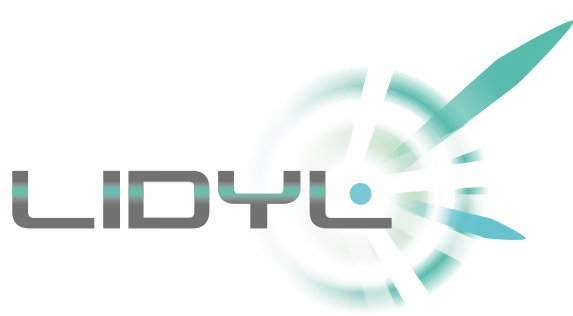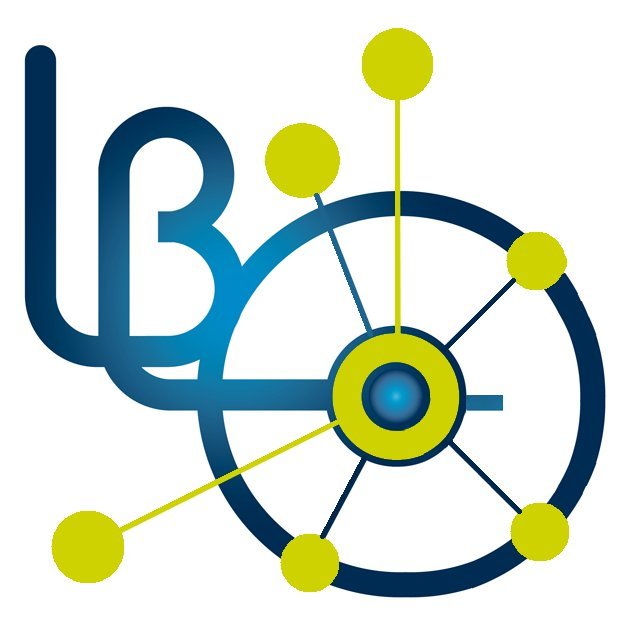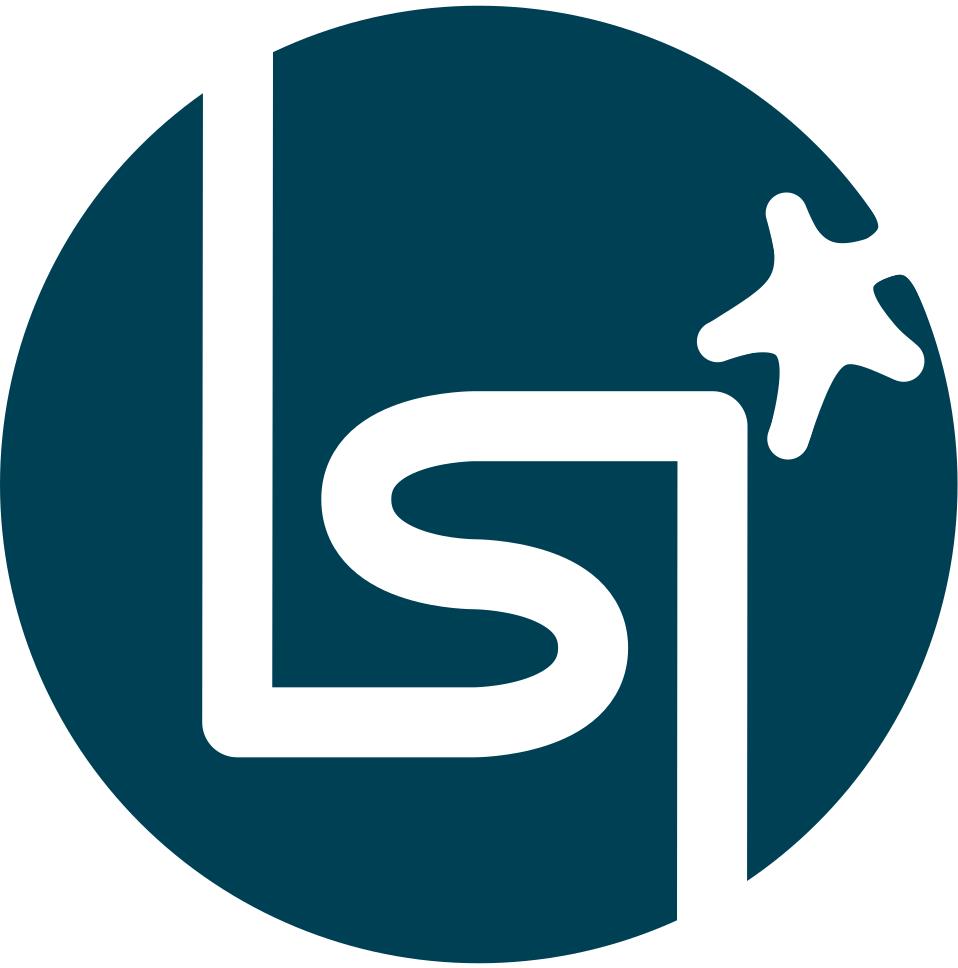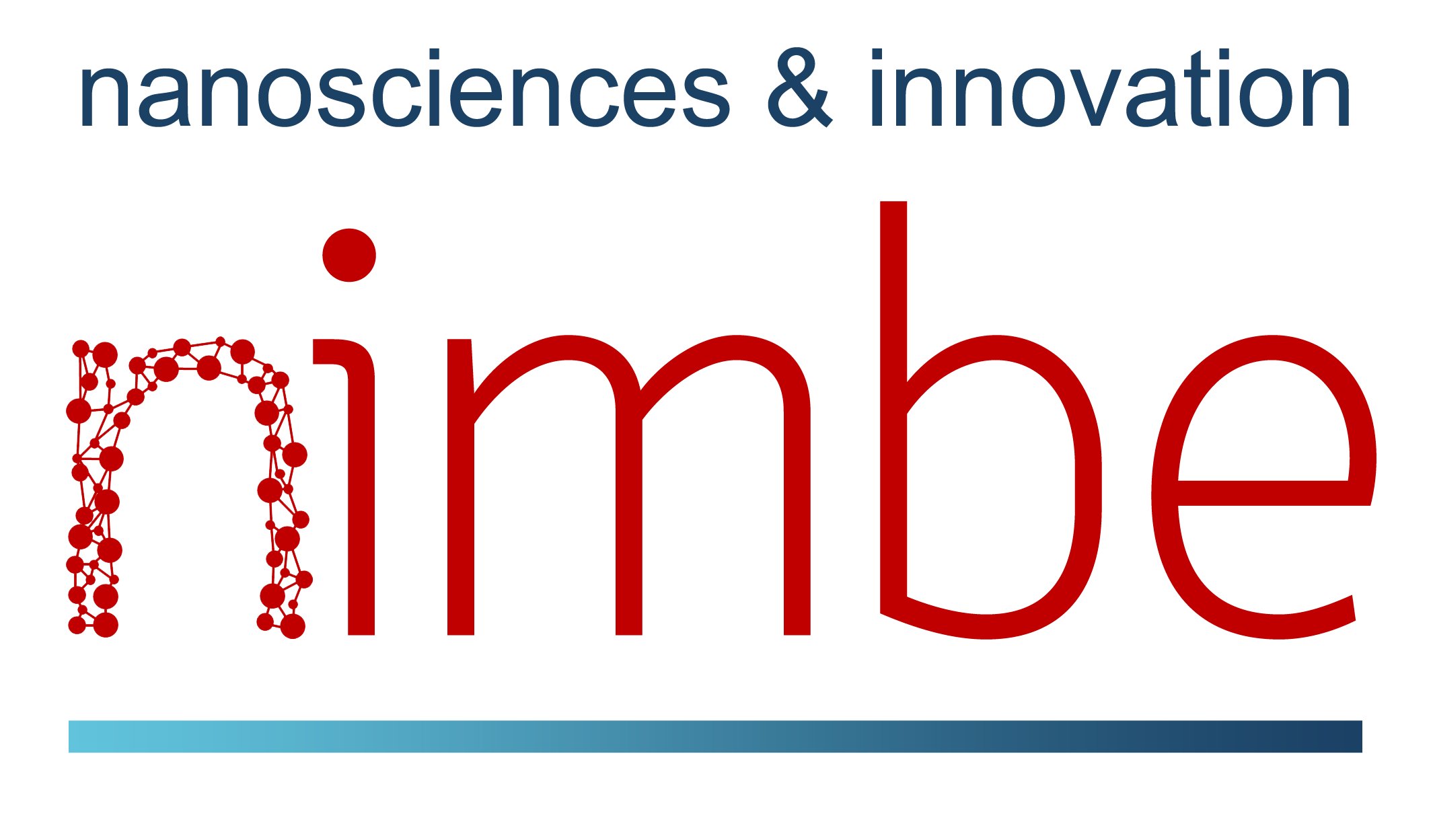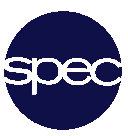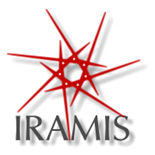| 6 sujets IRAMIS/LIDYL |
Dernière mise à jour :
Implementation of a novel injector concept to boost the accelerated charge in laser-driven electron accelerators to enable their use for scientific and technological applications
SL-DRF-24-0352
|
Contact : |
Starting date : 01-10-2024
| Contact : |
|
| Thesis supervisor : |
|
Personal web page : https://iramis.cea.fr/LIDYL/Phocea/Pisp/index.php?nom=henri.vincenti
Laboratory link : https://iramis.cea.fr/LIDYL/PHI/
More : https://www.olcf.ornl.gov/2022/10/27/warpx-named-gordon-bell-prize-finalist/
Large-scale numerical modeling and optimization of a novel injector for laser-driven electron accelerators to enable their use for scientific and technological applications
SL-DRF-24-0353
|
Contact : |
Starting date : 01-10-2024
| Contact : |
|
| Thesis supervisor : |
|
Personal web page : https://iramis.cea.fr/LIDYL/Phocea/Pisp/index.php?nom=henri.vincenti
Laboratory link : https://iramis.cea.fr/LIDYL/PHI/
More : https://www.olcf.ornl.gov/2022/10/27/warpx-named-gordon-bell-prize-finalist/
The first goal of this thesis is to understand the basic physics of a novel LWFA injector concept recently conceived in our group. This injector consists of a solid target coupled with a gas-jet, and should be able to accelerate a substantially higher amount of charge with respect to conventional strategies, while preserving at the same time the quality of the beam. Large scale numerical simulation campaigns and machine learning techniques will be used to optimize the properties of the accelerated electrons. The interaction of these electron beams with various samples will be simulated with Monte Carlo code to assess their potential for applications such as Muon Tomography and radiobiology/radiotherapy. The proposed activity is essentially numerical, but with the possibility to be involved in the experimental activities of the team.
The PhD student will have the opportunity to be part of a dynamic team with strong national and international collaborations. They will also acquire the necessary skills to participate in laser-plasma interaction experiments in international facilities. Finally, they will acquire the required skills to contribute to the development of a complex software written in modern C++ and designed to run efficiently on the most powerful supercomputers in the world: the state-of-the-art Particle-In-Cell code WarpX (prix Gordon Bell en 2022). The development activity will be carried out in collaboration with the team led by Dr. J.-L. Vay at LBNL (US), where the candidate could have the opportunity to spend a few months during the thesis.
Attosecond dynamics of electrons and spins in 2D and 3D magnetic materials
SL-DRF-24-0246
|
Contact : |
Starting date : 01-10-2024
| Contact : |
|
| Thesis supervisor : |
|
Personal web page : https://iramis.cea.fr/Pisp/romain.geneaux/
Laboratory link : https://iramis.cea.fr/LIDYL/DICO/
During this PhD project, we will develop original attosecond experiments aimed at elucidating the dynamics of one of the most important and intriguing degree of freedom of solids: the spins of its electrons. This quantity is responsible for the magnetic properties of materials, with applications ranging from data storage devices to spintronic components. Typically, existing devices use electric currents to convey and manipulate information.
Here, we aim to answer one apparently simple question: can we use a laser field, instead of a current, to control the electronic spins of a solid? While this would have the concrete potential of orders-of-magnitude faster operation, answering this question first requires fascinating fundamental investigations. Indeed, the response of magnetic materials at optical frequencies – below 10 fs – is almost completely unknown to this day. We propose to address this problem by performing experiments that combine spin sensitivity and attosecond resolution for the first time. By carefully shaping attosecond pulses and using state-of-the art detection schemes, we aim to establish a technique called attosecond magnetic dichroism, which will reveal the spin response of materials on the timescale of the electric field of light. We will first focus on simple tridimensional ferromagnetic and antiferromagnetic systems, before evolving towards their bi-dimensional counterparts. Indeed, so-called 2D materials are expected to provide enhanced, or even fundamentally novel light-spin interactions. By understanding how light interacts with electronic spins in 2D, we will provide key elements towards the integration of future low-dimensionality spintronic components.
The student will acquire practical knowledge about experimental ultrafast optics and of time resolved spectroscopy of condensed matter, especially magnetic materials. He/she will become an expert in attosecond physics and technology, as well as acquire valuable skills in complex data acquisition and analysis.
Attosecond high reprate spectroscopy of ultrafast photoemission of gases
SL-DRF-24-0345
|
Contact : |
Starting date : 01-10-2024
| Contact : |
|
| Thesis supervisor : |
|
Personal web page : https://iramis.cea.fr/Pisp/pascal.salieres/
Laboratory link : http://iramis.cea.fr/LIDYL/
More : http://attolab.fr/
The student will develop attosecond spectroscopy techniques making use of the new high reprate Ytterbium laser sources. The ultrafast photoemission dynamics will be studied to reveal in real time the processes of electron scattering/rearrangement as well as electron-ion quantum entanglement, using the charged-particle coincidence techniques.
Detailed summary :
In recent years, there has been spectacular progress in the generation of attosecond (1 as=10-18 s) pulses, rewarded by the 2023 Nobel Prize [1]. These ultrashort pulses are generated from the strong nonlinear interaction of short intense laser pulses with gas jets [2]. A new laser technology based on Ytterbium is emerging, with stability 5 times higher and reprate 10 times higher than the current Titanium:Sapphire technology. These new capabilities represent a revolution for the field.
This opens new prospects for the exploration of matter at the electron intrinsic timescale. Attosecond spectroscopy thus allows studying in real time the quantum process of photoemission, shooting the 3D movie of electronic wavepacket ejection [3,4], and studying quantum decoherence resulting from, e.g., electron-ion entanglement [5].
The first objective of the thesis work is to develop on the ATTOLab laser platform the attosecond spectroscopies using the new Ytterbium laser sources. The second objective is to take advantage of charged particle coincidence techniques, enabled by the high reprate, to study the dynamics of photoemission and quantum entanglement with unprecedented precision.
The student will be trained in ultrafast optics, atomic and molecular physics, quantum optics, and will acquire a broad mastery of XUV and charged-particle spectroscopy techniques.
References :
[1] https://www.nobelprize.org/prizes/physics/2023/summary/
[2] Y. Mairesse, et al., Science 302, 1540 (2003)
[3] V. Gruson, et al., Science 354, 734 (2016)
[4] A. Autuori, et al., Science Advances 8, eabl7594 (2022)
[5] C. Bourassin-Bouchet, et al., Phys. Rev. X 10, 031048 (2020)
Exploration of the energy deposition dynamic on short time scale with laser-driven electron accelerator in the context of the Flash effect in radiotherapy
SL-DRF-24-0351
|
Contact : |
Starting date : 01-10-2023
| Contact : |
|
| Thesis supervisor : |
|
Personal web page : https://iramis.cea.fr/LIDYL/Phocea/Pisp/index.php?nom=gerard.baldacchino
Laboratory link : https://iramis.cea.fr/LIDYL/index.php
More : https://iramis.cea.fr/LIDYL/Phocea/Pisp/index.php?nom=sandrine.dobosz
Compact source of electrons-positrons/muons-antimuons pairs
SL-DRF-24-0806
|
Contact : |
Starting date : 01-10-2024
| Contact : |
|
| Thesis supervisor : |
|
Personal web page : https://iramis.cea.fr/LIDYL/Phocea/Pisp/index.php?nom=henri.vincenti
Laboratory link : https://iramis.cea.fr/LIDYL/PHI/
More : https://ecp-warpx.github.io/
The context of this PhD thesis deals with laser plasma electron accelerators (LPA), which can be obtained by focusing a high-power laser into a gas medium. At focus, the laser field is so intense that it quasi-instantly ionizes matter into an undersense plasma, in which it can propagate. During laser propagation, the ponderomotive laser pressure expels plasma electrons from its path, forming a cavity void of electrons in its wake. This cavity, called ‘bubble’, can sustain accelerating fields (100GV/m) that are roughly three orders of magnitude larger than what can be provided by Radiofrequency cavities, which equip the current generation of conventional accelerators. These accelerating structures can trap some plasma electrons and accelerate them at relativistic energies (few GeVs) over distances of a few centimeters. This offers the prospect of producing much more compact and affordable accelerators, with the following goals: (i) democratizing their usage for existing applications currently reserved to only a few installations in the world (ii) enabling new applications in strategic sectors (fundamental research, industry, medicine, defense).
Among the applications for which a strong international competition exist we remark:
> The usage of these accelerators to provide the first high-energy (100 MeV) electron radiotherapy machine for medical treatmes
> The usage of these accelerators as a building block of a future large scale TeV electron/positron collider for high-energy physics
> The usage of these accelerators to develop a compact and mobile relativistic muon source to perform active muon tomography. Such a tool would be a major asset for industrial applications (e.g., safety diagnostic of nuclear reactors), and for defense applications (non-proliferation). It is worth to mention that in these two sectors the american agency DARPA has already funded an ambitious program ( Muons for Science and Security, MuS2) in 2022, with the aim of providing a first conceptual report of a relativistic moun source based on a plasma accelerator (cf. https://www.darpa.mil/news-events/2022-07-22).
### Challenges:
In order to enable the aforementioned applications, strong limitations of current laser-plasma accelerators need to be addressed. An important limitation is the low amount of charge at high-energies (100 MeV – few GeV) provided by these accelerators. The main reason behind the low accelerated charge is the fact that present-day injection techniques are based on the injection of electrons from the gas, whose density is very low. In order to address this limitation, we have recently proposed a new injection concept based on a remarkable physical system called “plasma-mirror”. This concept relies on the use of a hybrid solid-gas target. When impinging on such a target, the high-power laser fully ionizes the solid and the gas. The solid part is so dense that it can reflect the incident laser, forming a so-called ‘plasma mirror’. In the gas part, the laser propagates and drives a LPA. Upon reflection on the plasma mirror, ultra-dense electron bunches can be highly-precisely injected into the bubble of the LPA formed by the reflected laser field. As the solid offers orders of magnitude more charge than the gas medium and as charge is injected from a highly-localized region from the plasma (plane), it has the potential to level up the injected charge in LPAs while keeping a high electron beam quality.
The PHI group is an international leader in the study and control of these systems. In collaboration with LOA, by using a 100TW-class laser, we have demonstrated that this new concept allows for a significant increase of the accelerated charge while preserving the quality of the beam.
### Goals
The first objective of this PhD thesis will be to develop a multi-GeV laser-plasma accelerator based on a plasma-mirror injection on Petawatt-class laser installations like the APOLLON laser facility. With a Petawatt-class laser this accelerator should produce electrons beams at 4 GeV with a total charge of hundreds of pC and a few % energy spread. Such a beam quality would represent a substantial progress in the domain.
The second objective will be to send this electron beam into a high-Z converter in order to generate muons/anti-muons pairs. Our estimations show that we could obtain roughly 10^4 relativistic muons per shot, which would allow for the radiography of a high-Z material in a few minutes.
This PhD subject foresees:
> Theoretical/numerical modeling activities based on our exascale code WarpX (to model the laser-plasma accelerator) and on the Geant4 code (for the modeling of the high-Z converter).
> Experimental activities (high-intensity laser-plasma interaction, detection of relativistic muons)
The project involves several partner laboratories:
> The Laboratoire d’Optique Appliquée for the laser-plasma acceleration activities (A. Leblanc)
> The Lawrence Berkeley National Lab for code development activities (WarpX, J.L Vay)
> The CEA-IRFU for the detection part (micromegas technology, O. Limousin)
For the experimental part, we will use several laser facilities:
> The UHI100 laser installation for the setup and testing of the laser-plasma accelerator at reduced power
> The APOLLON installation for the setup and testing of the plasma accelerator with a PW-class laser. A first experience implementing the concept of a plasma-mirror injector at the PW-level is scheduled for May 2024 in the framework of a collaboration between CEA and LOA. Following this experiment, we will perform a second experiment (2025-2026) to generate muons on APOLLON or other laser facilities in Europe (e.g., the ELI installations).

